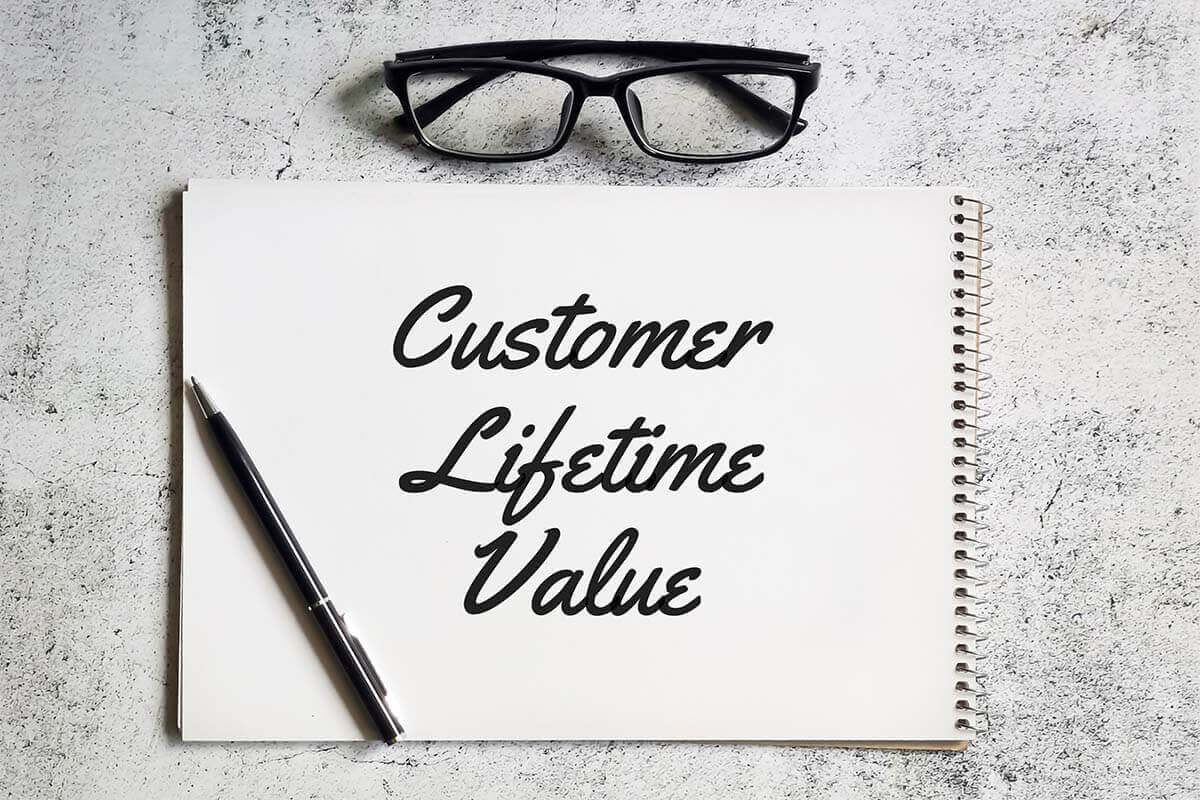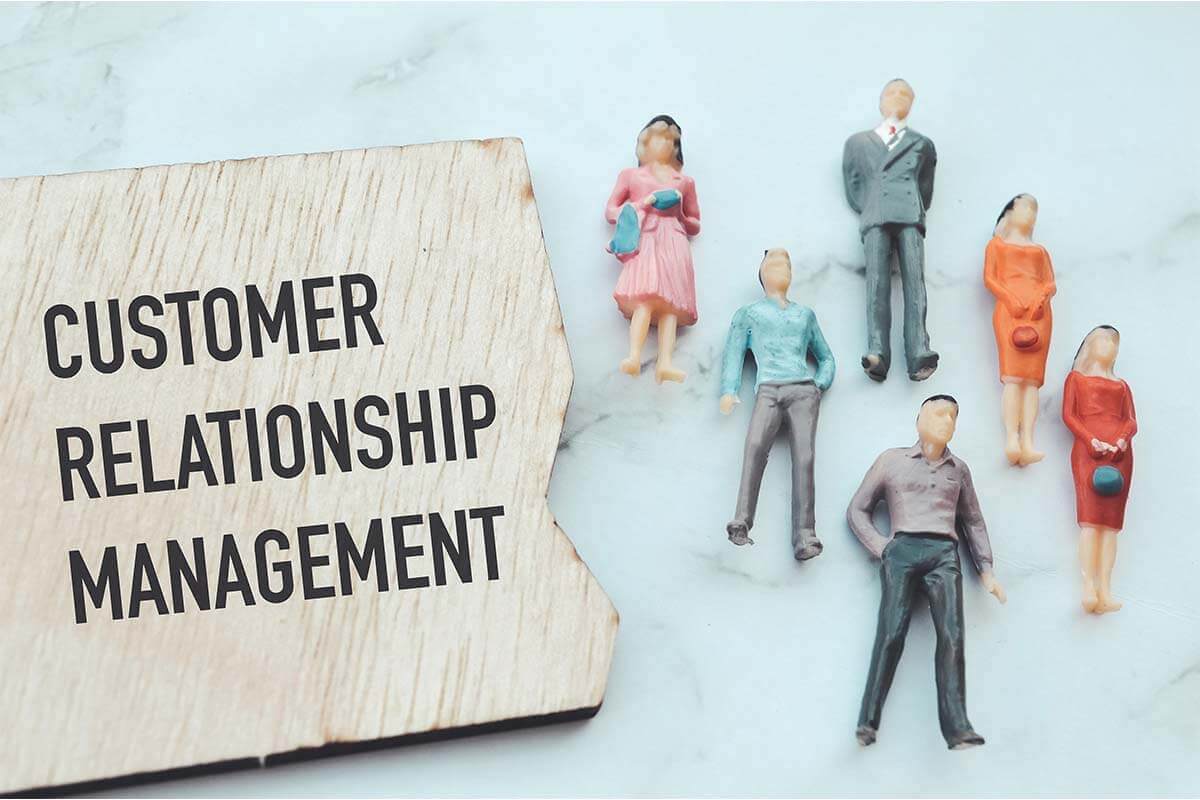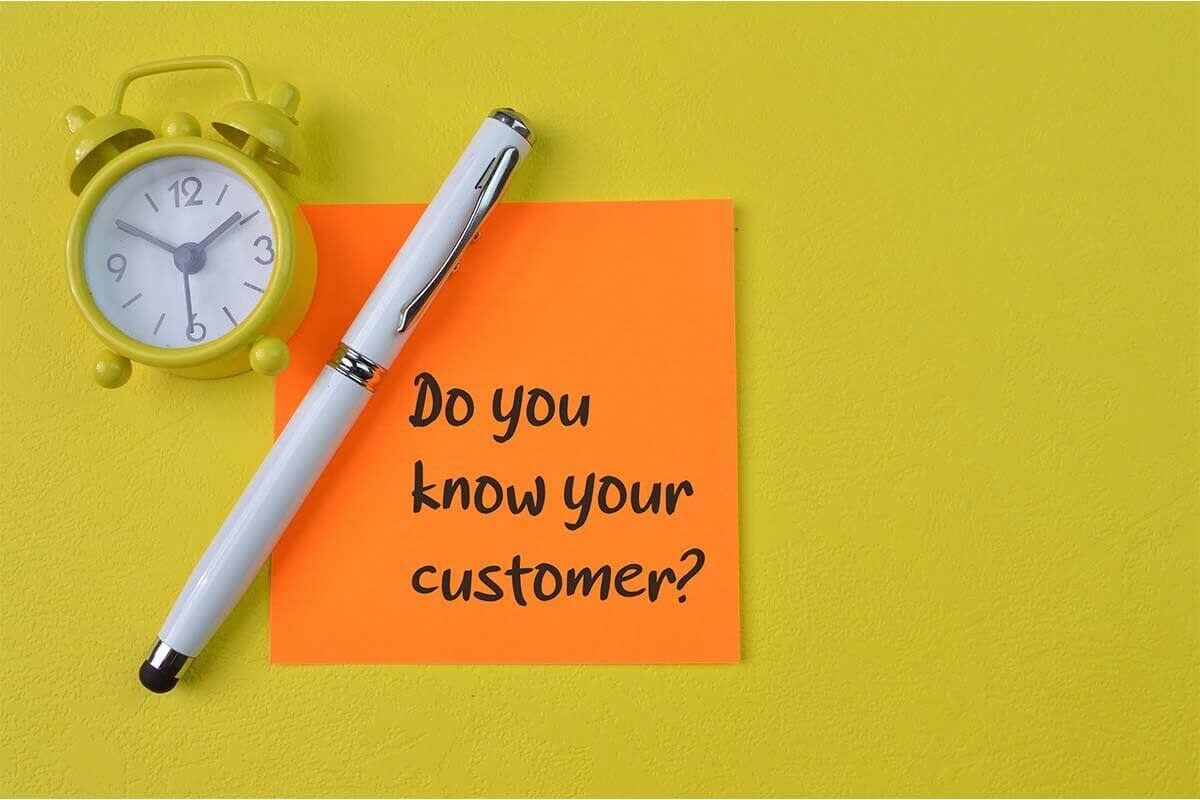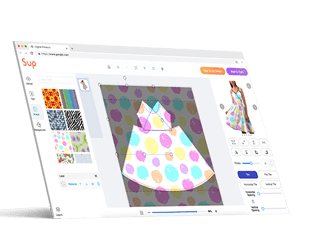Upselling vs Cross-selling: Know the Difference to Use Them Well

The most common goal of every online business is to maximize profits. Rather than just drive new sales to grow revenue, profitable online businesses today are adopting new sales tactics to achieve their goals.
There are many ways to sell products online, but few are as proven as upselling and cross-selling. With the right marketing plan, these sales tactics can help sell more products while providing greater value to customers. However, upselling and cross-selling are often confused because they both focus on providing additional value to customers, instead of limiting them to products they have already encountered.
In this article, we explain the differences between cross-selling and upselling and provide tips for implementing these sales methods.
What are Upselling and Cross-selling?
Before we dive into the benefits of upselling and cross-selling for your online business, let’s define what each means.
The Meaning of Upselling
Upselling is a marketing strategy that encourages customers to purchase an upgraded or premium version of the product or service they originally wanted to buy. It can be said that in upselling, sellers aim to sell more profitable items to customers or present them with the newest or better version of an item, to make greater sales.
In upselling, sellers often compare the main product with a premium one to show customers additional features and specifications, thereby increasing the actual purchase price. It involves educating customers, communicating benefits, highlighting differences, and offering discounts to attract buyers.
An excellent example of an upsell is in mobile phone sales. A potential customer may want a particular model but the product page shows a better version of it and explains its additional features that the phone they plan to buy doesn’t have. This technique of selling is known as upselling.
In e-commerce, upselling is a suitable tactic when you have different versions of the same product but at various price points. Let’s take a look at the smart watch from Sup Dropshipping.

Cross-selling Definition
Sometimes referred to as “bundle” or “add-on” selling, cross-selling involves encouraging customers to purchase anything in conjunction with the product they were going to buy. When cross-sell items are complementary, customers have more reasons to buy them. In this case, sellers attempt to capitalize on shoppers’ “just in case” perspective, so as to improve their shopping experience and also to earn the maximum revenue from them.
In e-commerce, cross-selling is often utilized on product pages, during the checkout process, and in lifecycle campaigns. It’s a highly-effective tactic for generating repeat purchases, demonstrating the breadth of your catalog to customers, and alerting users to products they didn’t previously know you offered.
Let’s say you run an online store for mobile phones. If customers select a specific model from any brand, you can suggest they get a protective case so they can protect their smartphone. There’s a good chance that many customers are likely to buy complementary products, especially if they’re paying big bucks for the phone.
Have a look at the related products from Sup Dropshipping:

The Major Advantages of Upselling and Cross-selling
The main idea of upselling and cross-selling is to boost the merchant’s revenue and overall bottom line. But it’s not just about money, it’s about providing real value to clients. Here is what else these sales tactics can help you with:
1. Boost Revenue

Effective upsell and cross-sell strategies help improve sales, which leads to more profits for your e-commerce business. While cross-selling helps you sell more products, upselling helps you sell more expensive products. The best part is that both methods help you make money without incurring costs on any marketing channel, as loyal customers are usually willing to buy more.
2. Generate a Return on Investment (ROI)

In any industry, upselling and cross-selling are indispensable means to achieve higher ROI for businesses. As your customers spend more once they visit your website, so it’s easier for you to receive a better return on investment by maximizing the interaction as much as possible. To truly make the most of upselling and cross-selling, offer customers products that are as relevant as possible.
3. Increase the Average Customer Lifetime Value (CLV)

Customer lifetime value refers to the total amount of net worth that your online business can generate from a customer over a period. If an average customer is going to spend $200 on purchases from your online store, cross-selling and upselling can turn them into more profitable customers by providing them with value.
Upselling provides value-driven upgrades, while cross-selling provides familiar products that customers might be interested in purchasing. Both of these methods help increase the order value in the short term and the lifetime value of a customer in the long run.
4. Enhance Trust and Customer Loyalty

While businesses benefit from upselling and cross-selling in the form of increased sales, customers also benefit.
Upselling offers customers everything necessary for them to make the right choice. With upselling, you show your customers that you think ahead and consider all their possible needs. Similarly, through cross-selling, you can offer additional products and services that are complementary to the purchased goods. If you’re able to provide something that enriches your product for the benefit of the customer, you can see more repeat purchases and referrals.
Both of these strategies send a message to customers that you are passionate about meeting their needs. This helps improve customer satisfaction and increase their loyalty to your brand.
5. Balance Growth Between Existing and New Customers

In any business, customer retention increases profits. You must always think about how to manage to find new customers and balance active or customers who have already purchased.
Upselling and cross-selling allow you to establish a balance between customers you acquired initially and those who were newly converted. Customers are more likely to stay if they feel you continuously meet their needs by offering relevant and helpful product recommendations. Existing customers can provide valuable references and support that can help you acquire new customers. Well-balanced relationships bring you better retention rates in which new and existing customers help each other and expand your customer base.
6. Offer Convenience and Flexibility for Customers

A successful cross-sell or upsell strategy helps customers make purchasing decisions faster. If customers already have an established relationship with an online store, they may not shop around and would rather buy from a place they trust.
Upselling and cross-selling open up a wide array of conveniences for customers as they lower the risk of purchase-related dissatisfaction, and can buy more necessary items in one location. This opens the customer’s eyes to better, similar, or equally in-demand products that they may not be aware of. It also helps to simplify the decision-making process for customers while shopping and provides them with a seamless customer experience.
The Difference Between Upselling and Cross-selling

As you already know, the difference between cross-selling and upselling is the type of purchase you’re trying to get your customers to make and the amount they spend. To approach this as a way to support your customer’s experience with your brand, you must have a good understanding of your existing customer’s buying history, their pain points and needs, and how the products you’re promoting may solve those issues.
Although they sound similar, there are actually many differences between upselling and cross-selling. Let’s check out the distinction between these two methods based on some key points.
1. Product Relationship
Upselling aims to increase the value of a sale by recommending more expensive options. The product type is the same, but the price is higher. Cross-selling, on the other hand, is aimed at selling additional products rather than changing what the customer is already planning to buy.
2. Purpose
The key purpose of upselling is basically to boost the average order value (AOV) and net profits by ensuring customers purchase the costlier versions of products or services. The major purpose of cross-selling is to grow the overall sales value by making relevant suggestions for other products or services that improve the usefulness of the original offering.
3. Difficulty
Upselling is harder to do than cross-selling, as it is often more expensive for the buyer and the customer has already shown interest in buying a particular item. So sellers need to know the best selling points to make it work. Cross-selling is about presenting an entirely new product and relating it to the customer’s needs. Since the items are related, customers are more likely to agree with the recommendation.
Top Tips for Effective Upselling and Cross-selling
Upselling and cross-selling are simple concepts that are easy to implement. With the right approach, an online business can increase customer loyalty and boost profits. But there are a few things to know that can help make your efforts more effective.
Here are a few tips to help:
1. Get to Know Your Audience

Successful upselling and cross-selling campaigns require a deep understanding of customers’ needs and preferences. Take the time to understand what they are looking for as well as their budget. You can do this by creating buyer personas, gathering data such as demographic information, or collecting customer feedback. You should also look at your customers’ previous purchases to understand what they shop for so you can tailor your cross-selling and upselling approach to each customer.
Good cross-selling and upselling strategies don’t make customers feel like they’re being sold to, but that you’re trying to find a solution to their problem (which just happens to be your products). Consider the customer experience you want to provide when recommending products and make sure they’re complementary to products those customers already use. Show your customers that you listen and care about your relationship with them.
Learn more about conducting product research effectively.
2. Understand the Customer Journey

Tracking your customers’ journey help you better understand their experience with your product and how they use it. There are different ways to use your product at different stages of the customer’s journey. If your products are adding value and actually helping your customers, you can reach the point where they automatically refer your products to others.
By evaluating customers’ buying patterns, needs, and behavior, you can more accurately determine which products or services could be beneficial to them, and the best time to present them. Building a customer journey map is a great way to understand when to use upselling and cross-sell the most relevant products or services.
3. Offer Bundles

Creating bundles can help to cross-sell by enabling customers to purchase multiple related items at once, often at a discount, and thus make a larger purchase. This can appeal greatly to the psychology of the consumer. Bundling relevant products together is also a convenient way for your customers to let their decision-making simple and fast compared to buying them individually.
In the best e-commerce business ideas, cross-selling is often done on product pages and in the shopping cart. You’ve probably seen things like “frequently bought together” or “you may also like” while shopping. These make it much easier to increase your average order value with little work showing both less-known and high-demand products.
4. Use Multiple Channels

Cross-selling and upselling are not limited to just one channel. Use a combination of channels, including email, text messages, and social media, to reach customers and maximize your chances of success.
Text messages have proven to be a cost-effective way to cross-sell and upsell. In fact, the CTR for SMS is higher than any other digital sales channel, offering a unique opportunity to cross-sell via text. Social selling is another way to cross-sell items to your customers. When working with influencers, make sure to ask them to include supplementary products to promote.
Learn more about digital marketing tips in e-commerce.
5. Send Free Gifts and Samples

If your customers do decide to purchase an upgraded version or expand their purchases, you can offer them a free gift or sample. Customers feel delighted when they receive something free. And if the free items are properly targeted to the audience, they can often be an important factor in a customer’s decision.
Likewise, if your customers are purchasing products or have looked at them, you can use this data to determine which free samples you might want to send them. By doing this, you help incentivize conversions and raise awareness for other products that they may like or just haven’t considered yet.
Closing Thoughts
We hope you now have a better understanding of the difference between upselling and cross-selling, as well as how to use these methods. Both are great strategies to boost profits and increase average order value. They can be used separately or together, depending on your online business model and industry.
If you are still confused about what kind of products are suitable for upsell and cross-sell, you can contact the customer service of Sup Dropshipping. Our dedicated agent will provide you with thoughtful service and help you solve the problem.
Have you tried upselling and cross-selling on your website? Which methods have been the most effective for you? Share your thoughts with us in the comments below!
About the Author

Jack Han
Jack is a SEO manager and blog writer at Sup Dropshipping. He holds an MA in Linguistics and Education. He has over 10 years experience in E-commerce, and 5 years of experience in SEO. Jack is an enthusiast to share his recent knowledge learnt from peer experts in the industry.
2 responses to “Upselling vs Cross-selling: Know the Difference to Use Them Well”
-
Da circa 20 GG attendo le ricetrasmittenti già a voi pagate!
-
Ciao, li hai acquistati da Sup Dropshipping?
In caso affermativo, contatta il tuo agente personale.
In caso contrario, contatta il tuo venditore.
-





Leave a Reply